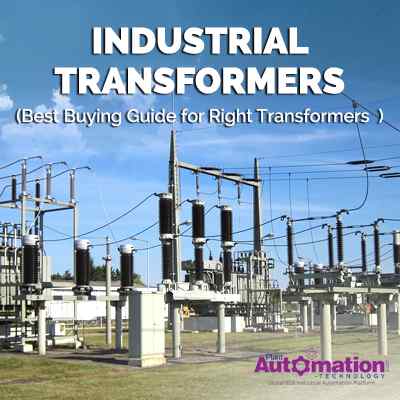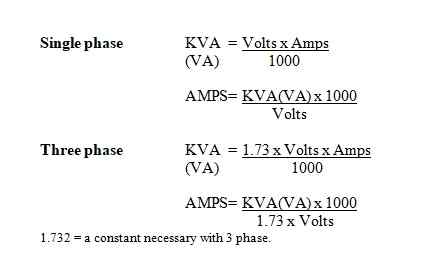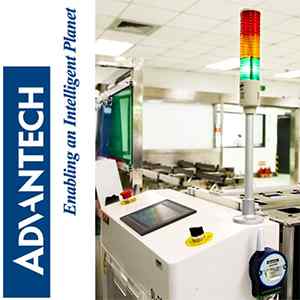Articles
Best Buying Guide for Right Transformers - Industrial Transformers

Introduction
Industrial transformers are leveraged for various purposes from performing isolation to voltage transmissions etc. Specific transformers are used for each area of application, in order to supply the right kind of power for specific projects in particular environments.
Transformers help to transfer electrical energy from one circuit to another circuit. They are designed to withstand exposure to gases, short circuit forces, dirt, and high magnetic fields.
Transformers Market Insight:
According to a report by Global Market Insights, Inc., transformer market will register 6.5% CAGR to reach USD 80 billion by 2024.
The global transformer market is anticipated to grow at a steady rate.
In the recent years, the expansion of electric infrastructure has been increased, resulting in the deployment of new transformers and the replacement of old transformers with new ones due to the growing demand for power on a global level.
|
Read More: Key Considerations in Choosing Industrial Transformers for Efficient Operations |
Transformers Selection and Buying Guide
How can I select the best transformer for my application?
Transformers are available in a wide range of voltages. To select the best transformer, the capacity (volt-amps) of a transformer is considered, it states how much a particular device can handle before overloading.
The applications of a transformer need to be checked as they play a key role in choosing the correct transformer.
While selecting a particular transformer, various cases such as typical load, voltage, current must be taken into consideration.
To choose the best industrial transformer, you have to determine:
a) Determine the KVA, Amperes or wattage required by the load.
kVA stands for Kilovolt-Ampere and is the rating normally used to rate a transformer. The size of a transformer is determined by the kVA of the load. For instance, power required by the load is equivalent to the rating of the transformer expressed in kVA.
Example: A 1KW (1000 Watts) load would require a 1kVA transformer.
Formula to calculate the kVA for either single or three phase installations:

b) Find out the supply voltage
Finding out the available (Supply) voltage helps to connect to the primary of the transformer. Primary (or Line) voltage is the available power from your utility or local power source.
c) Determine the voltage required by the load
This is the secondary voltage or output voltage of the transformer. Secondary voltage is the voltage required to operate the load (lights, motor and other devices)
d) Check the frequency of the supply source
The frequency of the supply source and the load must be the same.
Additional factors to consider while choosing a transformer:
The following includes some additional factors you will have to consider when choosing a transformer:
• Power factor and efficiency
• Impedance
• Temperature rise
• Case style (consider footprint, height, access, cooling)
• Location, space requirement
• Seismic requirement
• Accessories (including taps) and instrumentation
• Basic impulse level, which is the withstand rating in kV
• For control transformers: if fusing is desired, a terminal block model is necessary.
• If a control transformer is to be exported, a finger-safe model option may be required.
• The location where the transformer will be installed will determine whether you require no enclosure (open type), an indoor ventilated enclosure, or the various types of enclosures which protect the windings from moisture, particles, dust or contaminates.
Uses and Application of Transformer
Applications:
• Control Circuits
• Manufacturing industry
• Industrial machineries
• Electrical appliances
- Transformer is used to prevent DC from passing one circuit to the other.
- It can increase or decrease the value of capacitor, an inductor or resistance in an AC circuit. It can thus act as an impedance transferring device.
- It can isolate two circuits electrically.
- The transformer is the electrical device that is used to provide the required voltage level.
- Transformers have variety of application, right from stepping down hundred’s of Kilovolts from power generation, to bringing it down to usable 110V or 230V level, which is supposedly safe operating level.
- Transformers can be both, 1-phase type or 3-phase type.
- Transformers are further classified in accordance to their application areas. For ex: Control Transformers, Potential Transformers, Current Transformers, Isolation Transformers, Rectifier Transformers, etc.







